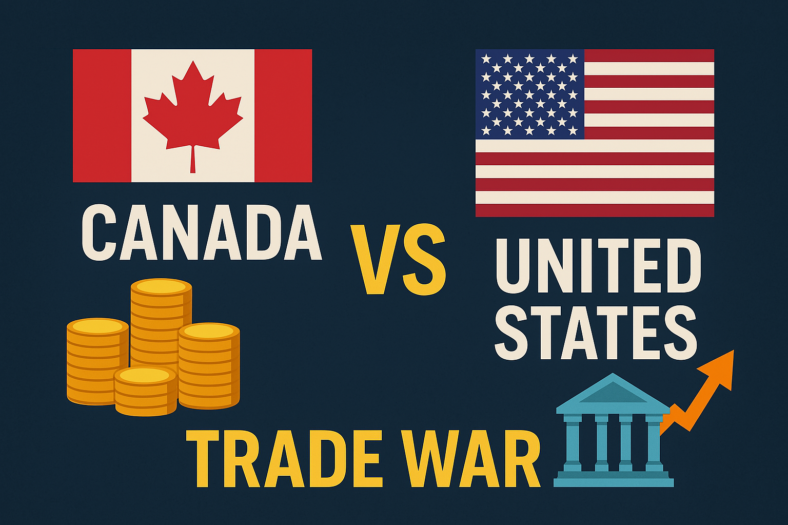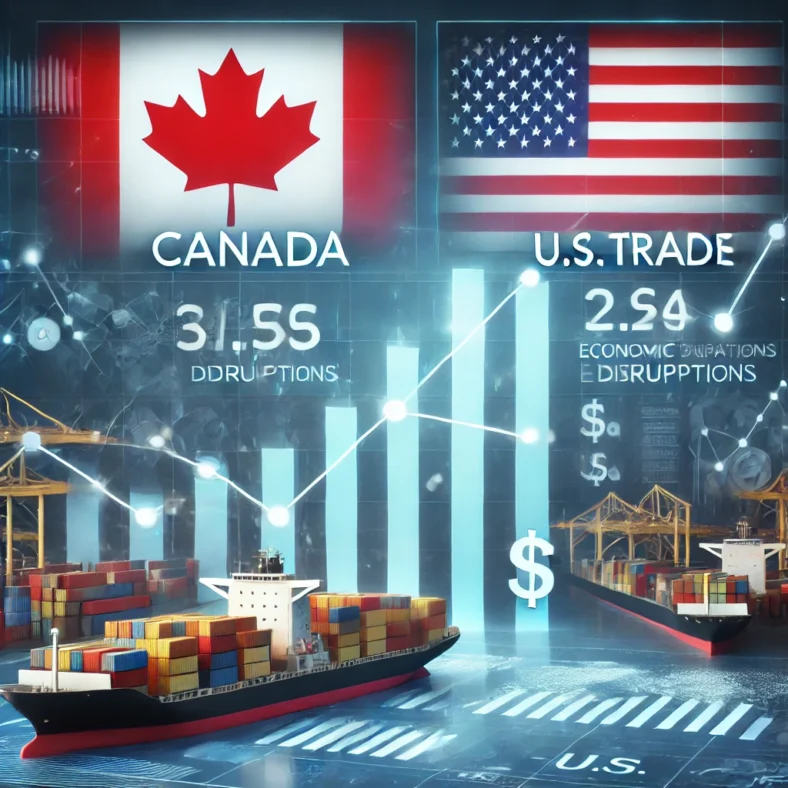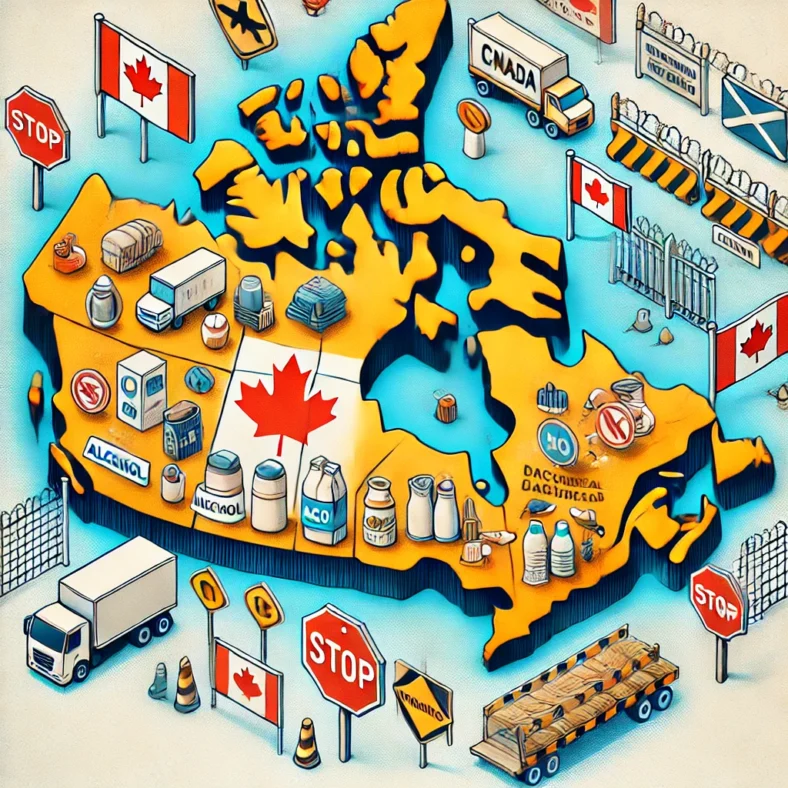The Bank of Canada (BoC) raised interest rates to control inflation and curb rising real estate prices, aiming to make housing more affordable for the next generation. While raising interest rates has successfully brought inflation to the BoC’s target, new policies are urgently needed to support economic growth. However, with the current strategy, the dream of property ownership for future generations is rapidly diminishing. Higher mortgage rates, especially as homeowners face increasing costs when renewing their mortgages, are making it difficult for many to afford their homes. Defaults are rising, leading to the risk of banks taking over properties, including primary residences, putting further pressure on families and jeopardizing their financial futures.
This situation is unsustainable and requires a reevaluation of the current strategy. Canada must focus on making the cost of living more affordable, fostering business growth, and creating a more balanced housing market. Let’s break down how this can be accomplished.
Revert to Affordable Interest Rates for Primary Residences
One of the most straightforward steps the government can take is to reduce interest rates for primary residences to levels similar to those seen in 2019. This would provide homeowners with more disposable income, allowing them to manage their mortgages more easily and support local economies. Lower rates would also make homeownership more accessible to younger generations, who are increasingly priced out of the market. This approach would stabilize the housing market and ensure that real estate remains a viable asset for Canadians.
Implement Higher Interest Rates for Investment Properties
While lowering interest rates for primary homes would alleviate financial pressure on homeowners, it’s equally important to address the rising costs of secondary or investment properties. By imposing higher interest rates on these properties, the government can regulate speculative investments in real estate. This policy would help cool the housing market, making it more affordable for local buyers while providing homeowners with more disposable income to contribute to the economy.
Incentives for First-Time Homebuyers
For younger generations looking to step into the housing market, first-time homebuyers often face significant financial hurdles. Canada should introduce incentives, such as discounted land transfer taxes, to reduce the initial financial burden. This would help first-time buyers enter the market and begin building their equity, ultimately creating a more dynamic and sustainable housing market. These incentives would also foster long-term economic stability by increasing the number of homeowners and reducing reliance on rental markets.
Maintain Restrictions on Foreign Buyers and Investors
Foreign investment in real estate has contributed to inflated prices in many regions. To protect Canadian homeowners, restrictions on foreign buyers and investors should remain in place. Limiting the purchasing power of foreign buyers will allow Canadians to compete more effectively for properties, making homes more affordable for local buyers. This policy would help ensure that the housing market remains accessible to Canadian residents and remains a long-term investment for future generations, rather than a commodity for external investors.
Controlled Immigration Policies to Attract Talent
While Canada is known for its open-door immigration policies, a more selective approach is necessary to prioritize highly skilled individuals who can contribute significantly to the economy. By attracting skilled workers and entrepreneurs, Canada can bolster its workforce, drive innovation, and address labor shortages in key industries. This targeted approach would help maintain the country’s competitive edge on the global stage while strengthening the economy.
Low-Interest Loans for Small Business Growth
Small businesses are the backbone of Canada’s economy, but many face challenges securing affordable financing. By offering low-interest loans below 5% for small businesses, the government can help them expand, create jobs, and stimulate economic growth. This policy would provide businesses with the capital they need to thrive, which would in turn help reduce unemployment and support a more resilient Canadian economy.
Conclusion: A Path Toward Economic Stability
The proposed solutions are practical and achievable. By strategically adjusting interest rates, offering incentives for homebuyers, and supporting small business growth, Canada can address its current economic challenges. These measures would make housing more affordable, promote business development, and create a more prosperous future for all Canadians. With these changes, Canada can recover from its current crisis and pave the way for long-term success.




















